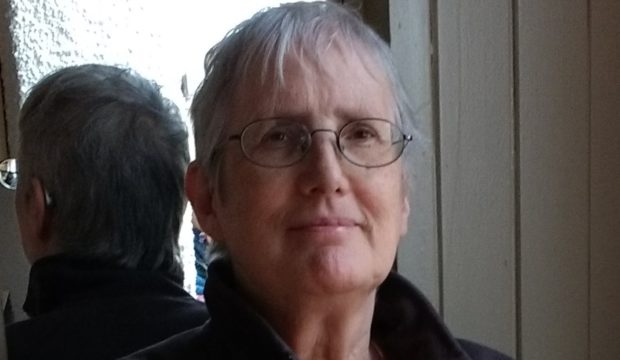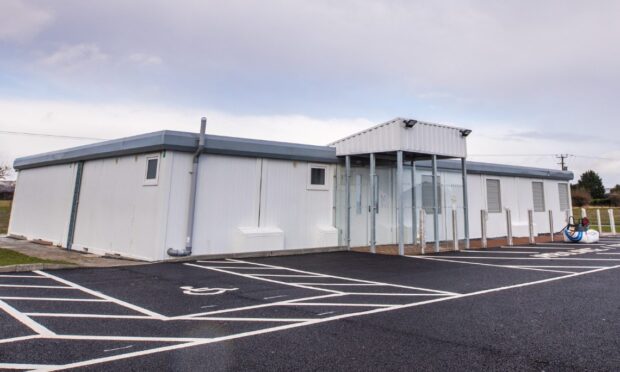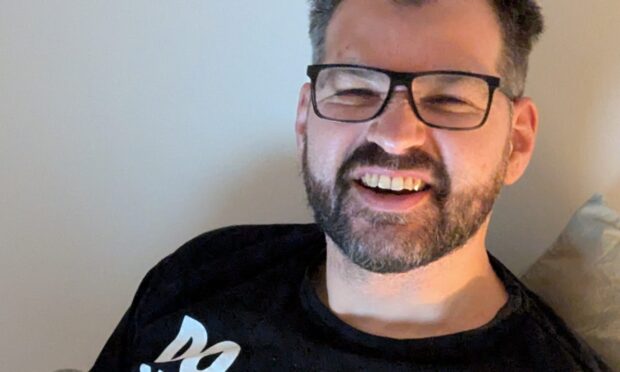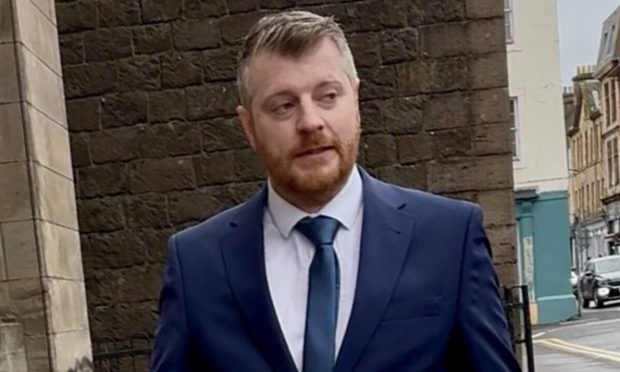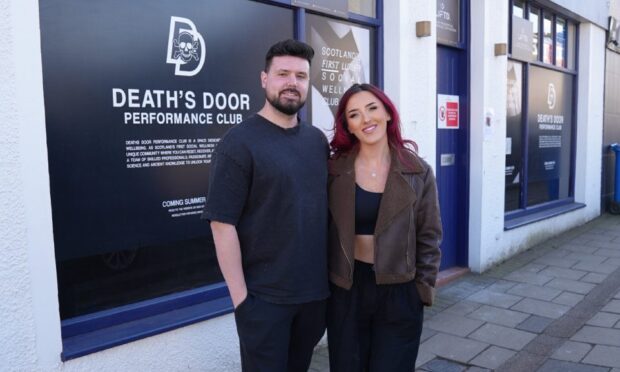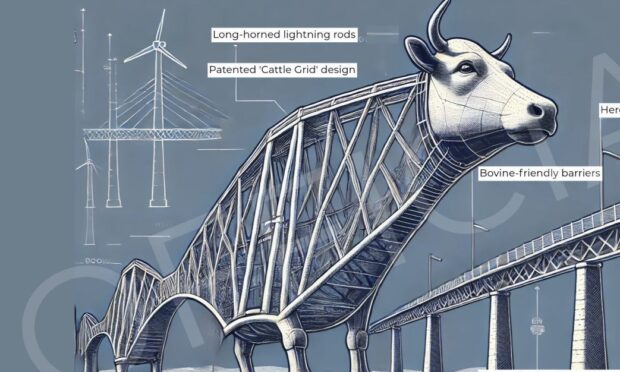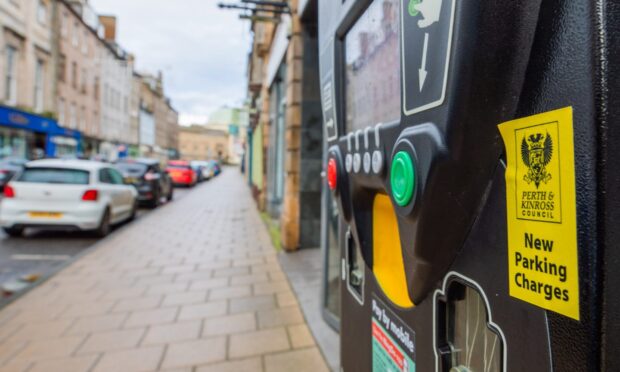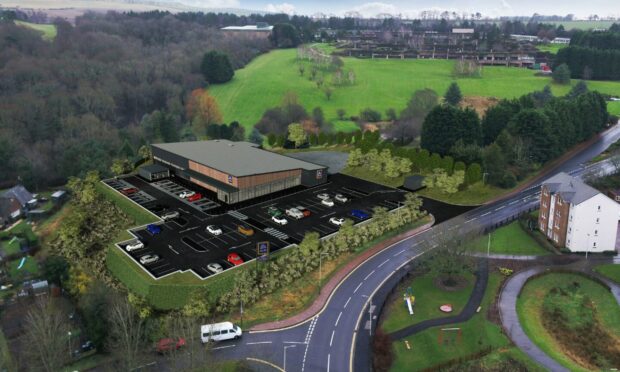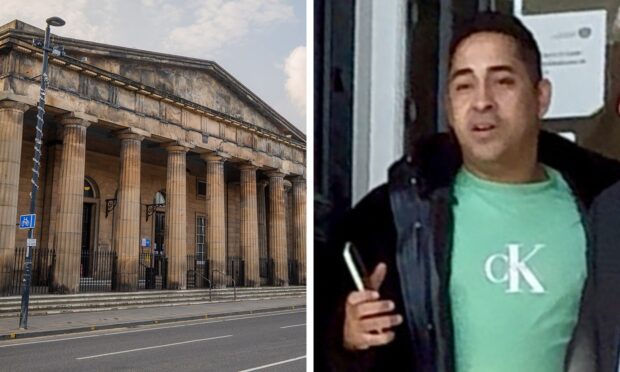A Perth woman who campaigned for the right to die has lost her battle with cancer.
Alison Napier, 61, died in a local hospice, just weeks after she called for a change in law to allow terminally ill Scots the right to request a fatal prescription.
Her partner Susan Price, whom she married in May, believes Alison’s death wasn’t as peaceful as she would have wanted.
“In the end, she almost made her death her life,” she said.
Alison, 61, wrote her own obituary, picked out a coffin and arranged plans for Monday afternoon’s funeral service at Perth Crematorium.
She said in June: “I do not want people that I care about seeing someone that I am not. I do not want to become someone different after 60 years, in my last week.
“If that could be prevented, that would be such a relief, both for the person who is dying and the people who are left behind.”
Alison had also worked closely with campaign group Dignity in Dying, and had considered travelling to the Dignitas clinic is Switzerland. However, the severity of her illness meant that there simply wasn’t enough time to process the paperwork.
Susan spoke highly of staff at Perth’s Cornhill MacMillan Centre, where Alison spent her final six days. “They were an amazing, fabulous bunch of people,” she said. “They do a world class job.
“I wasn’t there when Alison died, I couldn’t bear it,” she said. “I couldn’t bear to see her fighting for every breath.”
She said: “Alison’s desire was to have a good death, and that meant it was good for everyone around her. On many levels, it was a good death – but it went on for three days and that is a long time to have to witness that.”
Susan said: “In the end, she did just drift off like she wanted, but it was perhaps not as peaceful as she would have liked.
“I think she would have liked not to have to go to the hospice. I think she would have liked to have died peacefully at home. It was all about choice.”
Alison, who was born in Fife and worked as a social worker for Perth and Kinross Council, was a passionate musician, reader and writer, with a novel shortlisted for a Dundee International Book Prize and blogs that were read by thousands of people.
She wrote that she was first diagnosed with breast cancer in 2016, but “the illness came galloping back two years later” spreading to her lung and her brain.
In her obituary, which she wrote weeks before her death, she said: “(Alison) politely declined all the toxic and ultimately futile treatments on offer and opted instead for quality of life with Susan for her remaining months, palliative care with lots of meals out and time with friends and family.”
She wrote that she was described by those who followed her blogs as “inspirational, funny and brave”.
She said: “These are not descriptions Alison would recognise. Aw man, she would say.
“But she has told me that hers was a life that she was proud to have lived, despite all its bumps and twists and turns. Full of people that she was enriched from knowing with Susan centre stage.”
Alison signs off: “She thanks you for sharing it with her – be sad for a while, but be proud too – you all made it what it was.”
